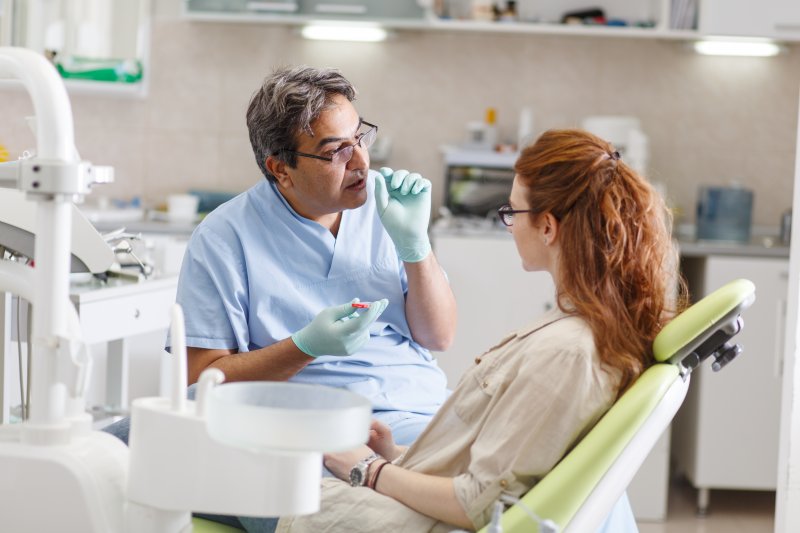
Oral cancer is a serious and potentially life-threatening disease that affects many parts of the mouth. Understanding its stages, prevention methods, and treatment options is critical for early detection and effective management. If you want to learn how you can be more prepared to deal with this disease, continue reading. You’ll learn about the stages of oral cancer, preventive measures, and available treatment options.
The Stages of Oral Cancer
Oral cancer typically progresses through several stages, each indicating the extent of the disease and guiding treatment decisions. The stages of oral cancer are as follows:
- Stage 0: At this stage, abnormal cells are present in the innermost layer of the tissue lining the mouth or lips. It is considered a precancerous stage and can often be treated successfully with early intervention.
- Stage I: Cancer is localized and small, usually less than 2 centimeters. It has not spread to nearby lymph nodes or other organs.
- Stage II: Cancer is larger than in Stage I but still localized within the mouth or nearby tissues. It may have spread to nearby lymph nodes but not to distant sites in the body.
- Stage III: Cancer is larger and may have spread to nearby tissues, lymph nodes, or both. It has not yet spread to distant organs.
- Stage IV: Cancer is advanced and may have spread to nearby tissues, lymph nodes, or distant organs.
How Can I Prevent Oral Cancer?
Preventing oral cancer involves adopting healthy lifestyle habits and minimizing risk factors that can cause its development. Here are some preventive measures you can take:
- Avoid Tobacco Products: Tobacco use, including smoking and chewing tobacco, significantly increases the risk of oral cancer. Quitting tobacco is one of the most effective ways to reduce this risk.
- Practice Good Oral Hygiene: Maintaining good oral hygiene by brushing and flossing regularly can help reduce the risk of oral cancer. Regular dental checkups are also necessary for early detection.
- Healthy Diet: A diet rich in whole foods and low in processed ones may reduce the risk of oral cancer. Studies show that antioxidants found in fruits and vegetables may also help!
How Is Oral Cancer Treated?
There are multiple options for oral cancer treatment available today with advanced technology. Which treatment you take depends on the stage of the disease, its location, and your overall health. Common treatment options include:
- Surgery: Surgical removal of the cancerous tissue is often the primary treatment for early-stage oral cancer.
- Radiation Therapy: Radiation therapy uses high-energy beams to target and destroy cancer cells. It may be used alone or in combination with surgery or chemotherapy.
- Chemotherapy: Chemotherapy involves the use of drugs to kill cancer cells. It may be used before or after surgery or in combination with radiation therapy.
Understanding the stages, prevention strategies, and treatment options for oral cancer is essential for avoiding the disease. Reach out to your dentist at least twice a year for dental checkups to increase your chances. They can perform an oral cancer screening during your checkup, possibly leading to early detection.
About the Author
Dr. Gary Chaffee is an experienced and talented dentist who enjoys helping his patients get out of pain and restore their oral health. He earned his dental doctorate from Loma Linda University School of Dentistry and then began to improve his skills through the Progressive Orthodontics Program. Since then, he has taught the curriculum for more than 10 years. Call (805) 480-0033 to schedule an oral cancer screening at Paraiso Family Dental & Orthodontics, or visit the website to browse their full menu of services.
